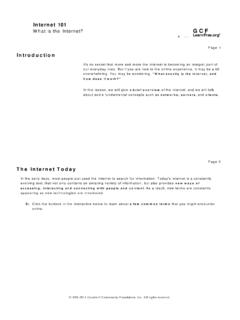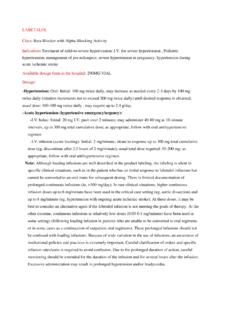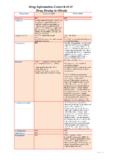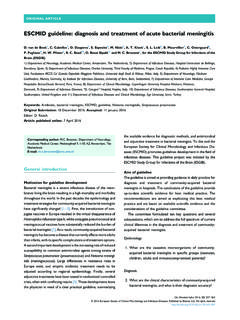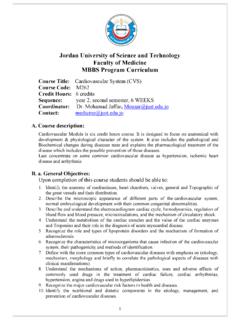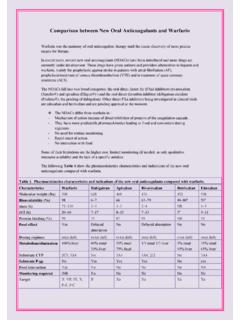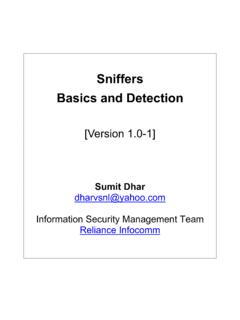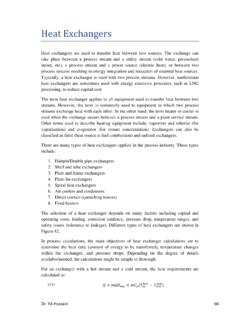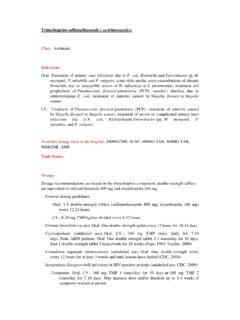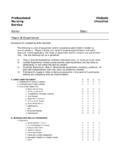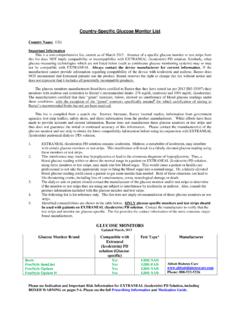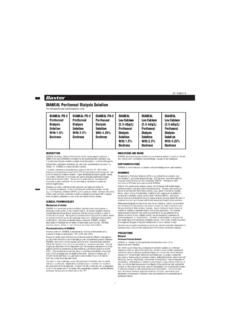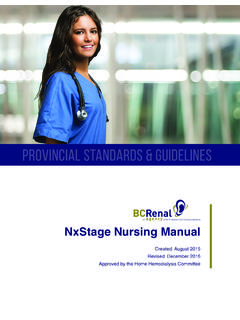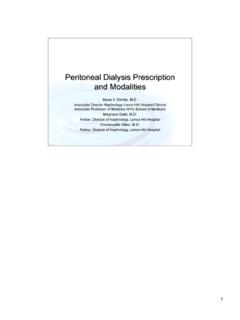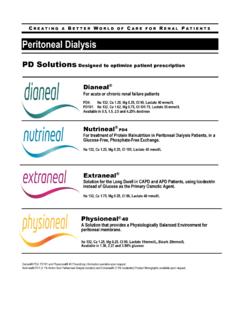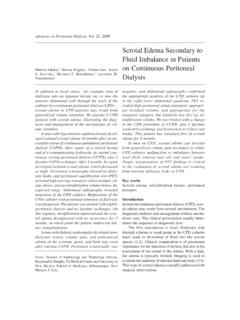Transcription of Acyclovir - Jordan University of Science and …
1 Acyclovir Class: anti-viral. Indications: Treatment of genital herpes simplex virus (HSV) and HSV encephalitis. Available dosage form in the hospital: 5% skin cream, Vial (250 mg), SUSP (200 mg/5ml). Trade Names: Dosage: -Genital herpes simplex virus (HSV) infection: : Immunocompetent: Initial episode, severe: 5 mg/kg/dose every 8 hours for 5-7 days or 5-10 mg/kg/dose every 8 hours for 2-7 days, follow with oral therapy to complete at least 10 days of therapy (CDC, 2010) -Oral: -Initial episode: 200 mg 5 times daily for 10 days or 400 mg 3 times daily for 7-10 days (CDC, 2010) -Recurrence: 200 mg 5 times daily for 5 days (per manufacturer's labeling; begin at earliest signs of disease) Alternatively, the following regimens are also recommended by the CDC: 400 mg 3 times daily for 5 days; 800 mg twice daily for 5 days.
2 800 mg 3 times daily for 2 days (CDC, 2010) -Chronic suppression: 400 mg twice daily or 200 mg 3-5 times daily, for up to 12 months followed by re-evaluation (per manufacturer's labeling) -Herpes zoster (shingles): -Oral: Immunocompetent: 800 mg 5 times daily for 7-10 days : Immunocompromised: 10 mg/kg/dose or 500 mg/m2/dose every 8 hours for 7 days -HSV encephalitis: : 10 mg/kg/dose every 8 hours for 10 days (per manufacturer's labeling); 10-15 mg/kg/dose every 8 hours for 14-21 days also reported -Mucocutaneous HSV: : Immunocompromised: Treatment: 5 mg/kg/dose every 8 hours for 7 days (Leflore, 2000); dosing for up to 14 days also reported -Oral (unlabeled use): Immunocompromised: 400 mg 5 times daily for 7 days (Leflore, 2000) -Orolabial HSV (unlabeled use): Oral (immunocompetent): -Treatment: 200-400 mg 5 times daily for 5 days (Cernik, 2008; Leflore, 2000; Spruance, 1990) for episodic/recurrent treatment; for initial treatment, limited data are available, 200 mg 5 times daily or 400 mg 3 times daily for 7-10 days has been recommended by some clinicians.
3 -Chronic suppression: 400 mg 2 times daily (has been clinically evaluated for up to 1 year) (Cernik, 2008; Rooney, 1993) -Varicella-zoster (chickenpox): Begin treatment within the first 24 hours of rash onset: -Oral: >40 kg (immunocompetent): 800 mg 4 times daily for 5 days : -Manufacturer s labeling (immunocompromised): 10 mg/kg/dose every 8 hours for 7 days -CDC HIV guidelines (immunocompromised): 10-15 mg/kg/dose every 8 hours for 7-10 days -Prevention of HSV reactivation in HIV-positive patients (unlabeled use): Oral: 400-800 mg 2-3 times daily (CDC, 2010) -Prevention of HSV reactivation in HSCT (unlabeled use): CDC recommendation: Note: Start at the beginning of conditioning therapy and continue until engraftment or until mucositis resolves (~30 days) -Oral.
4 200 mg 3 times daily : 250 mg/m2/dose every 12 hours -Prevention of VZV reactivation in allogeneic HSCT (unlabeled use): NCCN guidelines: Oral: 800 mg twice daily -Prevention of CMV reactivation in low-risk allogeneic HSCT (unlabeled use): NCCN guidelines: Note: Requires close monitoring (due to weak activity); not for use in patients at high risk for CMV disease: Oral: 800 mg 4 times daily -Treatment of disseminated HSV or VZV or empiric treatment of suspected encephalitis in immunocompromised patients with cancer: (unlabeled use): NCCN guidelines: : 10-12 mg/kg/dose every 8 hours -Treatment of episodic HSV infection in HIV-positive patient (unlabeled use): Oral: 400 mg 3 times daily for 5-10 days (CDC, 2010) -Genital HSV: Topical: Immunocompromised: Ointment: Initial episode: 1/2 ribbon of ointment for a 4 square surface area every 3 hours (6 times/day) for 7 days -Herpes labialis (cold sores): Topical: Apply 5 times/day for 4 days -Mucocutaneous HSV.
5 Topical: Ointment: Non-life-threatening, immunocompromised: 1/2 ribbon of ointment for a 4 square surface area every 3 hours (6 times/day) for 7 days. Geriatric Refer to adult dosing. Hepatic Impairment: Oral, : No dosage adjustment in hepatic impairment provided in manufacturer's labeling; use caution in patients with severe impairment. Renal Impairment: -Oral: -Clcr 10-25 mL/ m2: Normal dosing regimen 800 mg 5 times daily: Administer 800 mg every 8 hours -Clcr <10 mL/ m2: -Normal dosing regimen 200 mg 5 times daily or 400 mg every 12 hours: Administer 200 mg every 12 hours -Normal dosing regimen 800 mg 5 times daily: Administer 800 mg every 12 hours : -Clcr 25-50 mL/ m2: Administer recommended dose every 12 hours -Clcr 10-25 mL/ m2: Administer recommended dose every 24 hours -Clcr <10 mL/ m2: Administer 50% of recommended dose every 24 hours -Intermittent hemodialysis (IHD) (administer after hemodialysis on dialysis days): Dialyzable (60% reduction following a 6-hour session).
6 Mg/kg every 24 hours (Heintz, 2009). Note: Dosing dependent on the assumption of 3 times weekly, complete IHD sessions. -Peritoneal dialysis (PD): Administer 50% of normal dose once daily; no supplemental dose needed -Continuous renal replacement therapy (CRRT) (Heintz, 2009; Trotman, 2005): Drug clearance is highly dependent on the method of renal replacement, filter type, and flow rate. Appropriate dosing requires close monitoring of pharmacologic response, signs of adverse reactions due to drug accumulation, as well as drug concentrations in relation to target trough (if appropriate). The following are general recommendations only (based on dialysate flow/ultrafiltration rates of 1-2 L/hour and minimal residual renal function) and should not supersede clinical judgment: -CVVH: : 5-10 mg/kg every 24 hours -CVVHD/CVVHDF: : 5-10 mg/kg every 12-24 hours Note: The higher end of dosage range (eg, 10 mg/kg every 12 hours for CVVHDF) is recommended for viral meningoencephalitis and varicella-zoster virus infections.
7 Dosing: Obesity Obese patients should be dosed using ideal body weight. Common side effect: Oral: - CNS: malaise, headache. - GIT: nausea, vomiting, diarrhea. Parenteral: - Dermatological: hives, itching, rash. - GIT: nausea, vomiting. - Hepatic: increase liver enzymes. - Local: Inflammation at injection site or phlebitis. - Renal: BUN increased (5% to 10%), creatinine increased (5% to 10%), acute renal failure. Pregnancy Risk Factor: B
